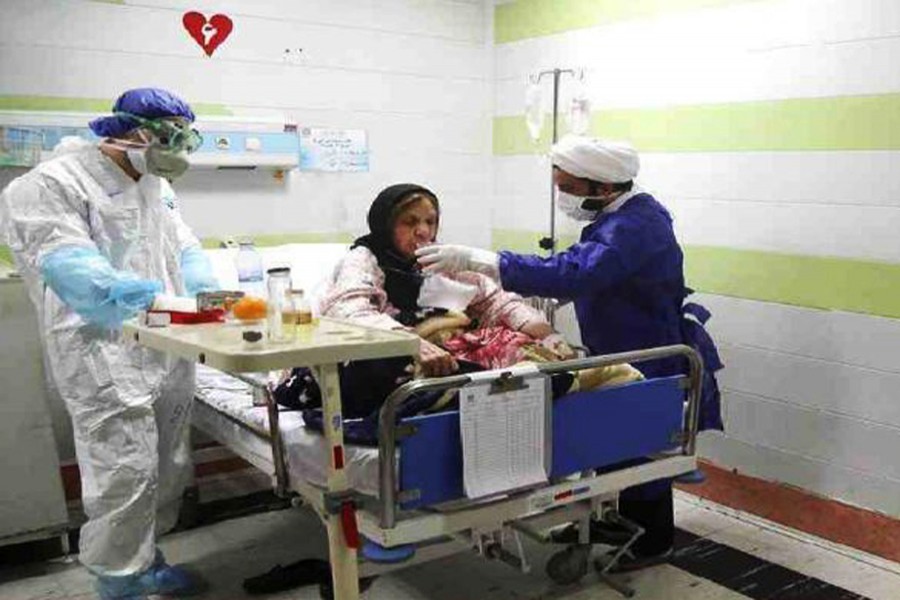
Published :
Updated :

As the government is all set to enhance the testing capacity for coronavirus infection, the effort gets seriously handicapped by dearth of medical and laboratory technologists. The shortage of this particular category of healthcare staff has been made even worse by absence of the required logistics in hospitals and testing facilities dealing with suspected or genuine Covid-19 cases. A report carried in this newspaper underlines a dismal picture of the existing manpower strength in the medical and laboratory technology so essential for collecting samples and testing those in laboratories. The standard set by the World Health Organisation (WHO) is that against a doctor there should be a minimum of three nurses and five medical technologists. Instead, the ratio is overwhelmingly in favour of physicians. As many as 25,615 physicians currently serve in all government medical facilities but the numbers of nurses and medical technologists are 5,184 and 1,417 respectively.
This speaks volumes for the negligence shown to this particular side of the healthcare system. Sometimes doctors tend to refer tests and diagnosis to private laboratories or diagnostic centres. Clearly, there has been growing apathy towards building testing capacity of common diseases let alone the infectious one like coronavirus that has broken out in the form of a pandemic. In this context, the medical system here does hardly recognise the highly important roles played by paramedics and nurses. In advanced countries, paramedics rush with an ambulance --air ambulance where required -- to an emergency call to initially save the life of a patient until s/he is brought to the hospital. Once a doctor has examined a patient and prescribed medication or performed surgery, it is the nurses who take over. If they are well trained and are not overworked, they are mostly responsible for helping patients to come round. If such patients' laboratory tests have to be done outside hospitals in private facilities, the time lag can often cause their death.
True, pandemics do not occur often. But tropical countries like Bangladesh have to deal with more contagious diseases than nations in the West have to do. Now the weakness in dealing with such health crises has badly exposed the need for revamping the healthcare system. Already reports of contrary results from different labs are coming. It is because laboratory technicians are not trained or skilled enough. What appears galling is that for the past decade a few, if any, health technologists were recruited for government hospitals and medical facilities.
The country now faces the moment of truth on account of the drawback. Actually, investment in critical areas is pivotal to ramping up not only the treatment capability but also the testing capacity of hospitals. Furthermore, tracking devices must be developed. This pandemic has made it incumbent on the policymakers to allocate more funds for execution of target-oriented programmes. A well developed medical system like that of China can literally build a few hundred-beds hospital overnight; Bangladesh should be in such a battle-ready state.


 For all latest news, follow The Financial Express Google News channel.
For all latest news, follow The Financial Express Google News channel.